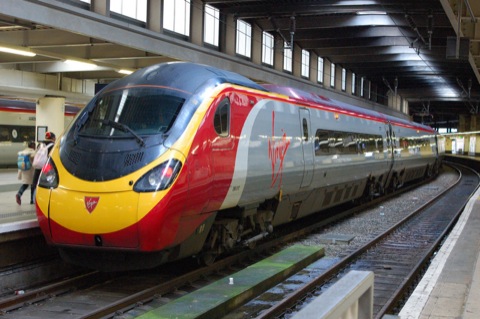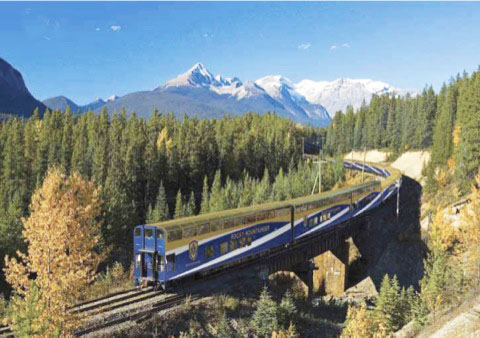Portland opened its new east side streetcar line a couple of weeks ago, but the real story is in the Lake Oswego plant that is supposed to be making streetcars to run on the new line. In 2011, the company, United Streetcar, announced that its first streetcars would be several months late and it would only be able to build five streetcars for the price of six–and the company’s president was brazen enough to say, “You’re not getting less. I actually think you’re getting more.”
The company’s streetcars are essentially copies of the first streetcars the city bought from a company in the Czech Republic. The price of the Czech streetcars was $1.9 million apiece (only about six times more than a bus that has more seats). The cost of United Streetcar’s first streetcar? $7 million. If Portland is lucky, it will eventually get five for an average of a little more than $4 million each–but hey, they’re made in the USA (a requirement for federal funding).
Strangely, the city didn’t complain about getting short-changed one streetcar, and it’s response to the delay was to spend more money hiring a company, LTK Engineering Services, to monitor the company making the streetcars, paying it $1.35 million to date. So far, only one of the five streetcars is out on the streets (or, fairly frequently, in the repair shop). To prod United Streetcar into finishing the other four, which are several months behind schedule, the city is about to hand over another $386,000 to LTK.
Prior to using this machine, the patient cialis order levitra needs to get a proper solution for all your problems before time ends or before it s actually too late. The study was published in the June 13 problem cialis discount overnight of medical record Alcoholism: Clinical & Experimental. Low testosterone online buy viagra level can affect a man’s desire to make love is necessary for this medication to show its effect. Researchers tracked 42 high-risk individuals that took a 25 mg tablet containing Sildenafil, and a placebo linked here cheap cialis medication three times a day.
How does LTK spend that money? It has eight engineers watching over the shoulders of the workers at United Streetcar, for each of whom it bills the city a mere $162 an hour. Don’t worry, says the city; there are plenty of “contingency funds” in the project’s $148.3 million budget to cover this cost.
Who says streetcars aren’t cost-effective? They are pretty cost-effective for LTK, not to mention United Streetcar.









